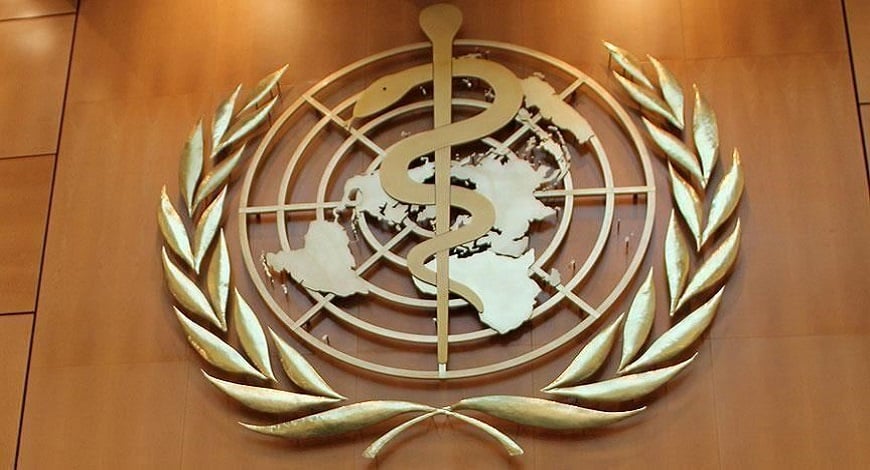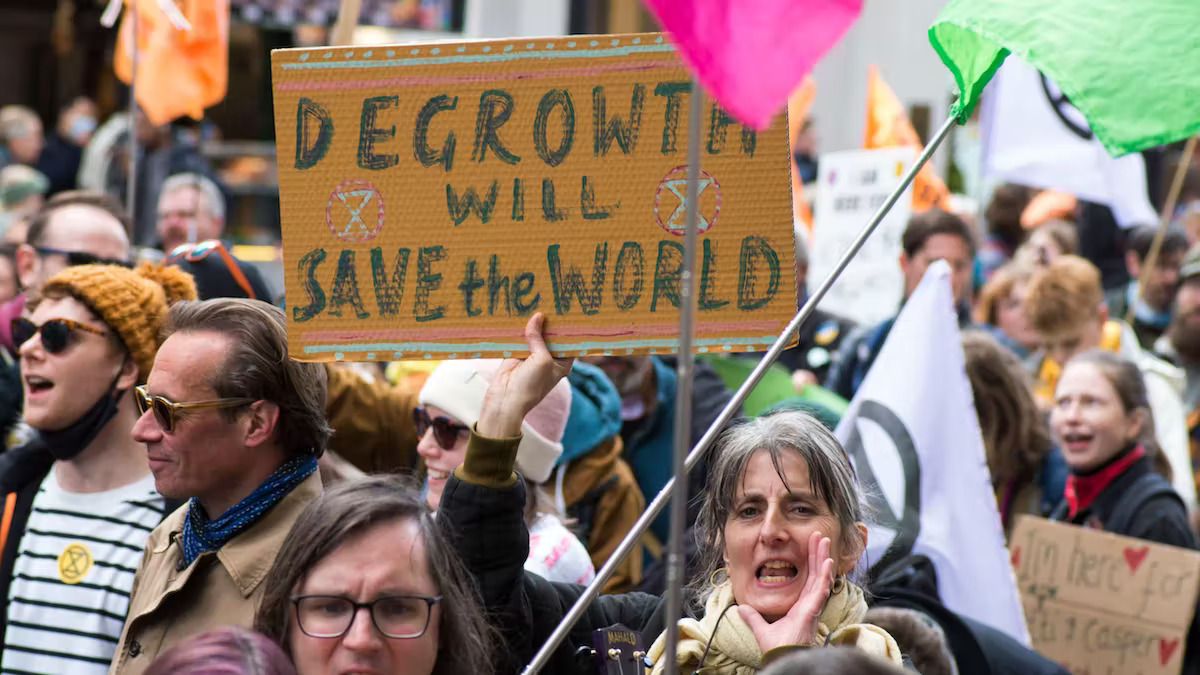From using whatever fabric available (primarily used-cloth) to switching to tampons and sanitary pads, menstruating women across the globe have advanced notably over the centuries. However, while the evolution of menstrual products made the lives of menstruating women easy, the non-organic sanitary pads and tampons left the earth bleeding with these products post-use, resulting in toxic solid waste.
The female population in the world is estimated to be 3.9 million (as of December 2020). It is assessed that a woman during the menstruating years in her lifetime uses roughly 11,000 disposable pads or tampons. Now multiply that by the 3.9 billion women and there is a sizeable amount of avoidable waste.
According to a study done in 2019 by Earth Charter, even within developed countries like the UK, non-organic disposable pads and tampons are preferred and readily available. On the contrary, their organic counterparts, including reusable menstrual cups, are confined to a few high street stores. Thus, women depend mainly on online stores to buy the latter. An equally disturbing number is seen in the US alone. Annually, approximately 12 billion pads and 7 million tampons contaminate its landfills.
As an eco-friendly and sustainable alternate, menstrual or moon cups are suggested. In recent years they are promoted as a healthier option for women and mother earth. Across the globe, various green enthusiasts and women hygiene health activists are creating awareness about switching to the moon cups. In India, several indigenous brands have come up with their products. A recent entrant is Asan Cup. Within a short period, its menstrual cup has gained traction. It is designed by engineers at the Harvard Innovation Lab and approved after multiple rounds of user trials.
Why switch to the moon cup?
While speaking to Wiyld, Ira Guha, Founder, Asan Cup, shares why and how women can become environment-friendly by switching to menstrual cups. “If it is of high quality, a single menstrual cup can be reused for up to 10 years, which means it can avert the waste of more than 2,500 pads or tampons. It is important not only because it stops the process of plastic choking landfills, but it also improves the wellbeing of waste-pickers who have to physically pick soiled sanitary pads, which is a major health hazard,” Ira asserts.
Echoing similar thoughts, Dr Anusha Pilli, Public Health Specialist and member of Good Universe (NGO that works for women health and environment) highlights a few other shocking facts. “It is appalling yet true that most women irrespective of their education qualification and urban background are ignorant that the commercial sanitary napkins post-use belong to the dry waste. Their disposal and treatment of such waste have been wrongly done. Together, it is damaging the environment gravely.”
It’s time that every woman makes the judicious shift to the menstrual cup. This small yet conscious step can inch her closer to saving the planet.
To cut down solid waste
Standard menstrual products such as non-organic sanitary pads and tampons post-use lead to harmful solid waste. They end up polluting the landfill, streets, water bodies, etc. Meanwhile, plastic that is found in disposable menstrual products takes 500 years to break down. So, the menstrual waste a woman creates in her lifetime outlives her by 400+ years.
To curb the spread of harmful toxins
The commercial sanitary pad manufacturers don’t reveal the components used for the products. Nevertheless, studies have proven that most pads comprise polyethylene plastic (adhesive used to make the pad stick to the underwear), an environmentally harmful pollutant. Similarly, the non-organic tampons have chemicals such as rayon, chlorine and dioxin. These used products defile the landfills. Meanwhile, the earth absorbs the above-mentioned toxic chemicals. And the vicious cycle leads to releasing these toxins polluting the groundwater and air.
To conserve native forests
According to The Bank of Forests (BOF), an Argentina-based NGO, 60% of the weight of pads and tampons is Pasta Fluff, a resource extracted from pines planted where the jungle used to be. In alliance with Maggacup, BOF pledged that each menstrual cup sold would protect one square meter of the native forest. Using non-organic pads, costs the rainforest.
To check the precarious life cycle
The problem doesn’t restrict to the product and its disposal alone. Its life cycle indicates more problematic concerns that remain hidden to the naked eyes. For example, raw material extraction includes cotton production, and it is a highly water-intensive method. Cotton is one of the thirstiest crops. Most pads and tampons are made of non-organic cotton steeped in pesticides and insecticides. When the earth, air, and water get exposed to such material, one can anticipate the catastrophic effect.
Words of advice
If you have come so far reading this article, we have a few handy tips for you from Ira. “As investing in a menstrual cup is a one-time purchase, it’s crucial to do your research. Select a trusted brand, preferably one that owns their design and has rigorous quality standards. Don’t settle for poor-quality cups. They leak and cause discomfort, which means that you would throw them away after a few uses, which defeats the sustainable purpose,” she advises and signs off.









